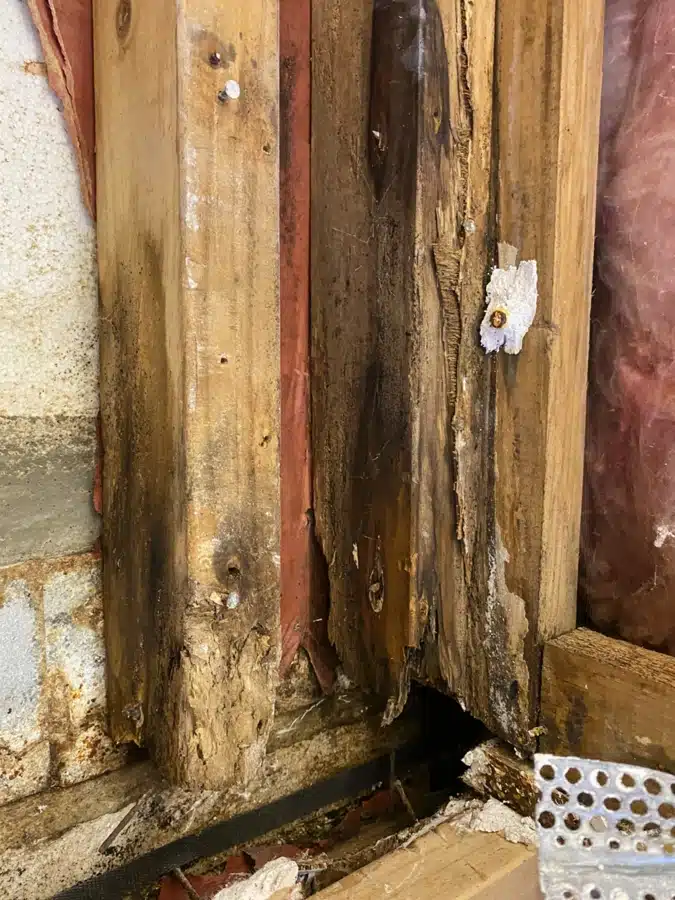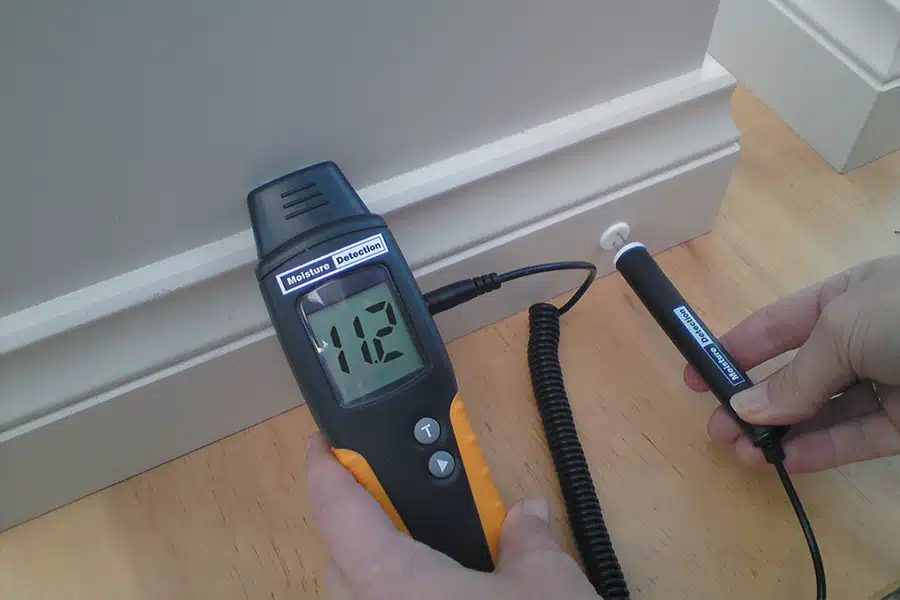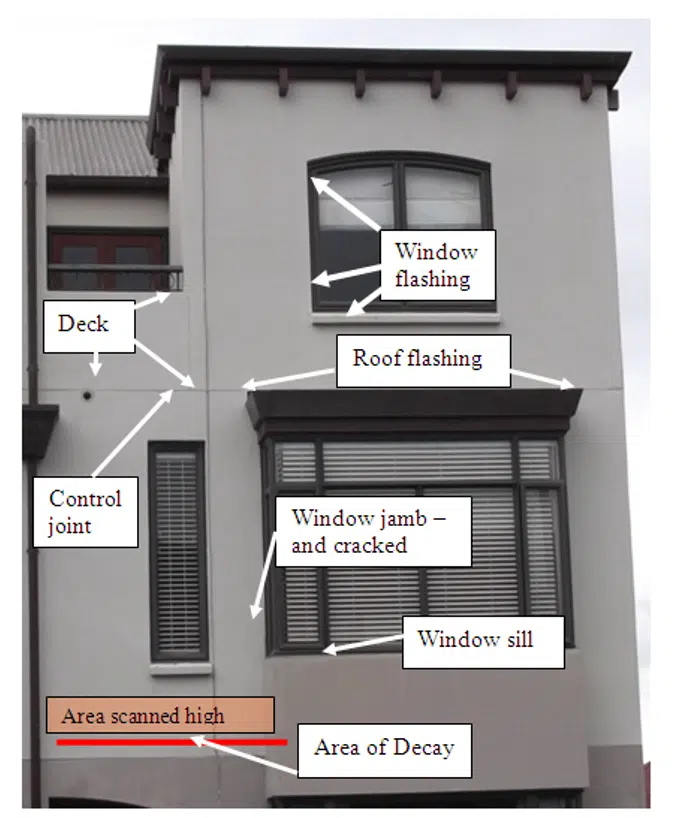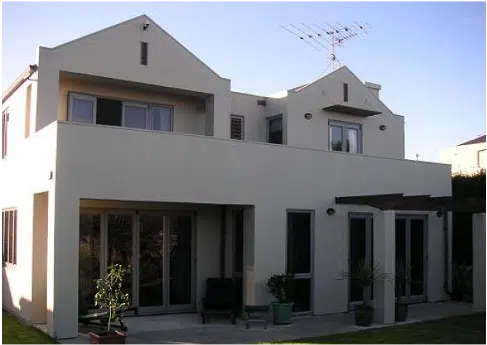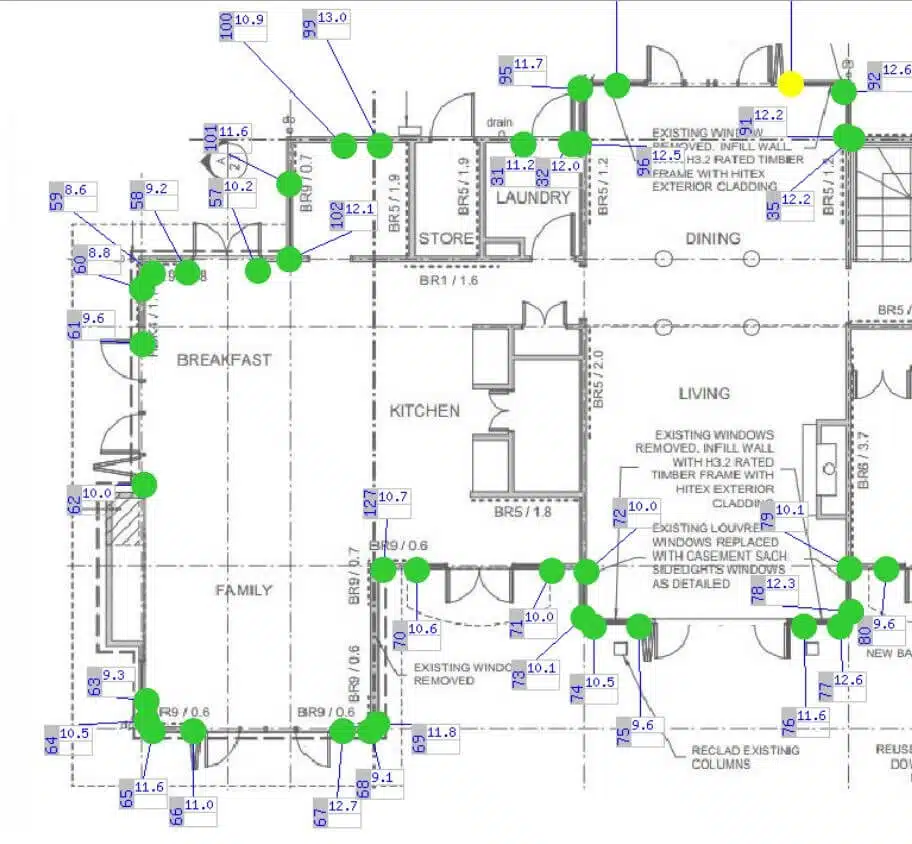
Leak Detection and Repairs
Leak Detection, Assessment and Repairs for Home Owners and Property Managers
See MoreSince 2004, Moisture Detection Company has helped owners to maintain, buy, or sell houses with monolithic cladding or plaster cladding. Let our experienced team find the leaks, fix the leaks, treat the timber and prove everything with hard evidence.


